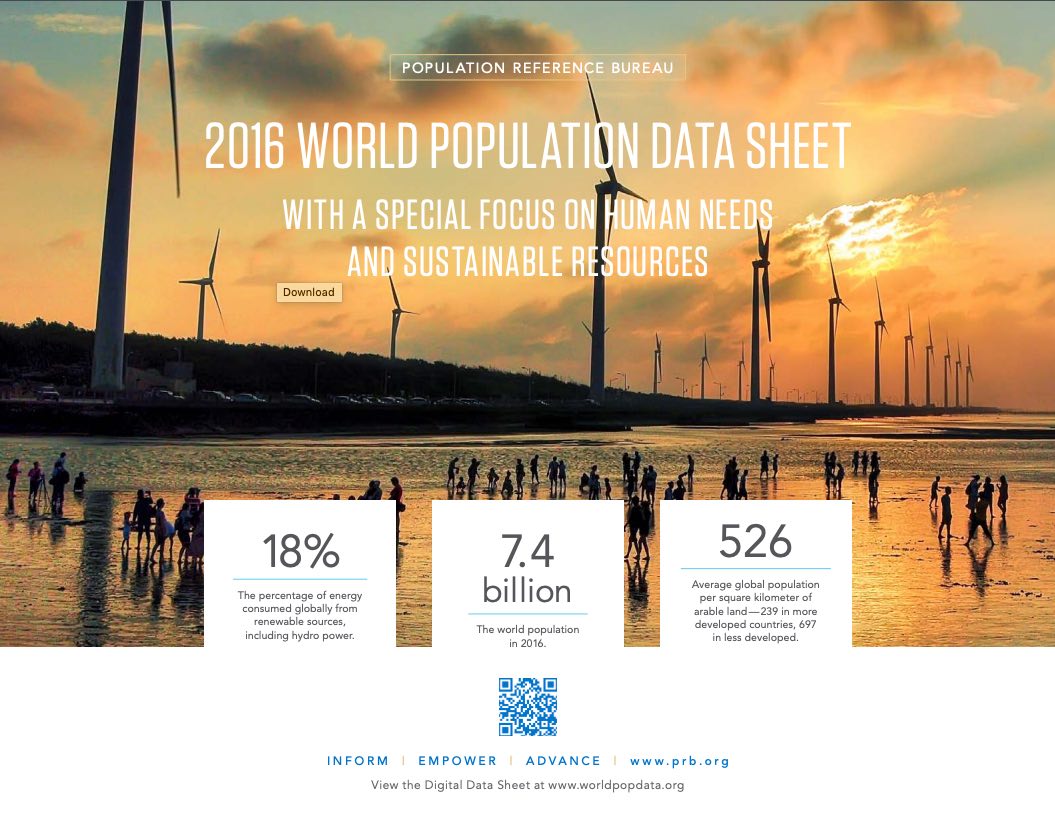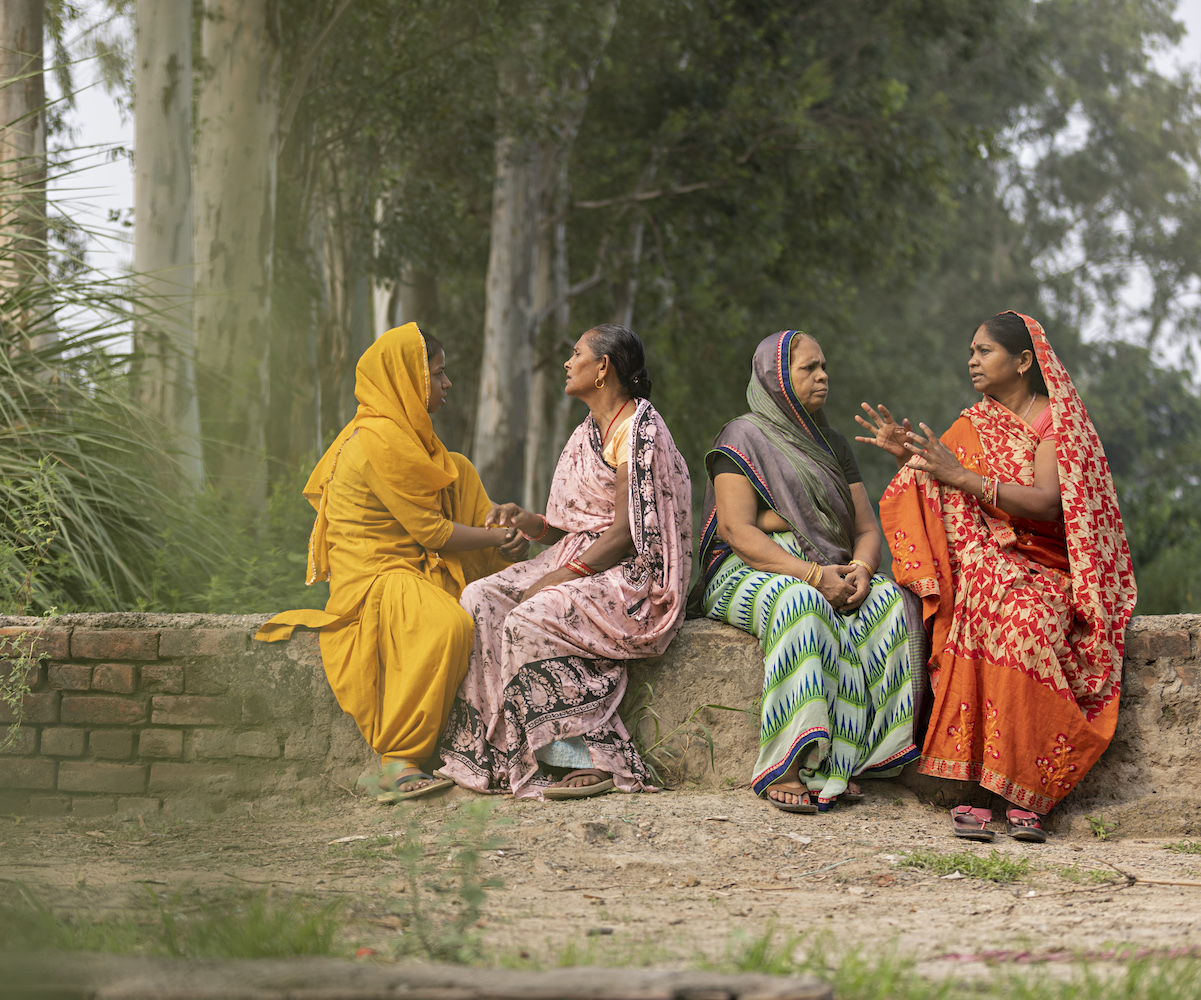Project: PACE: Policy, Advocacy, and Communication Enhanced for Population and Reproductive Health
2016 World Population Data Sheet (pdf)
The world population will reach 9.9 billion in 2050, up 33 percent from an estimated 7.4 billion now, according to projections included in the 2016 World Population Data Sheet from the Population Reference Bureau (PRB).





